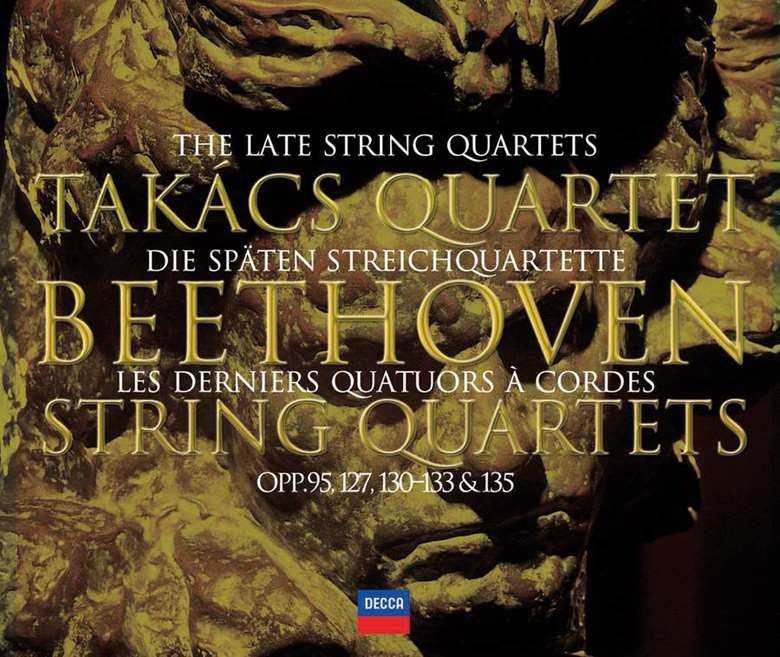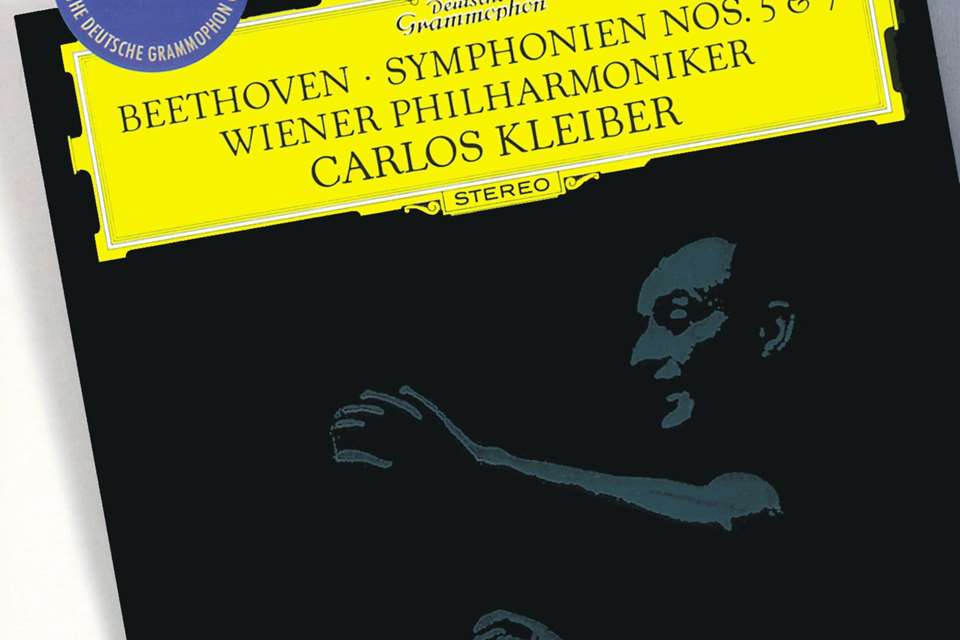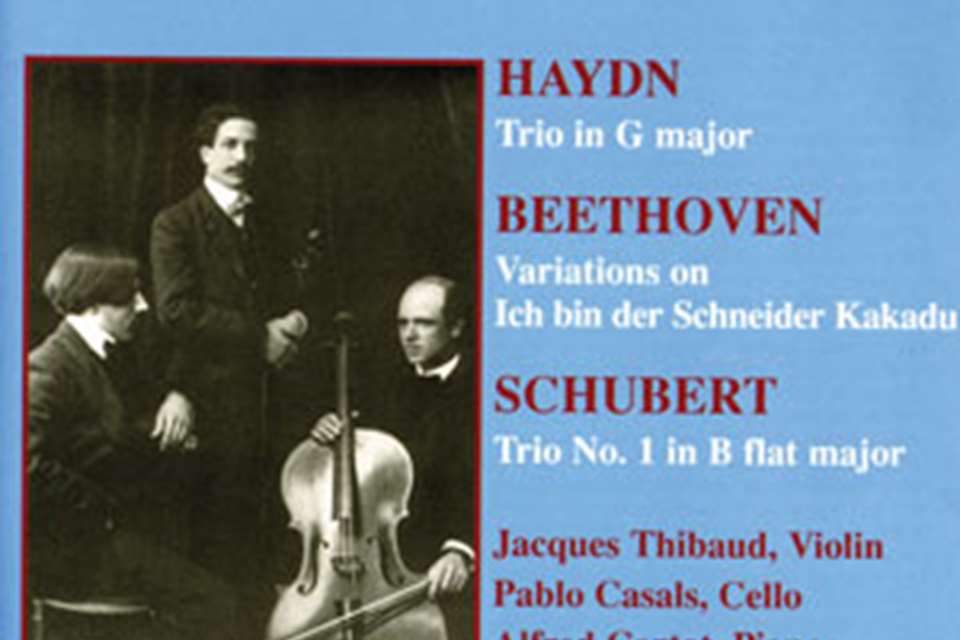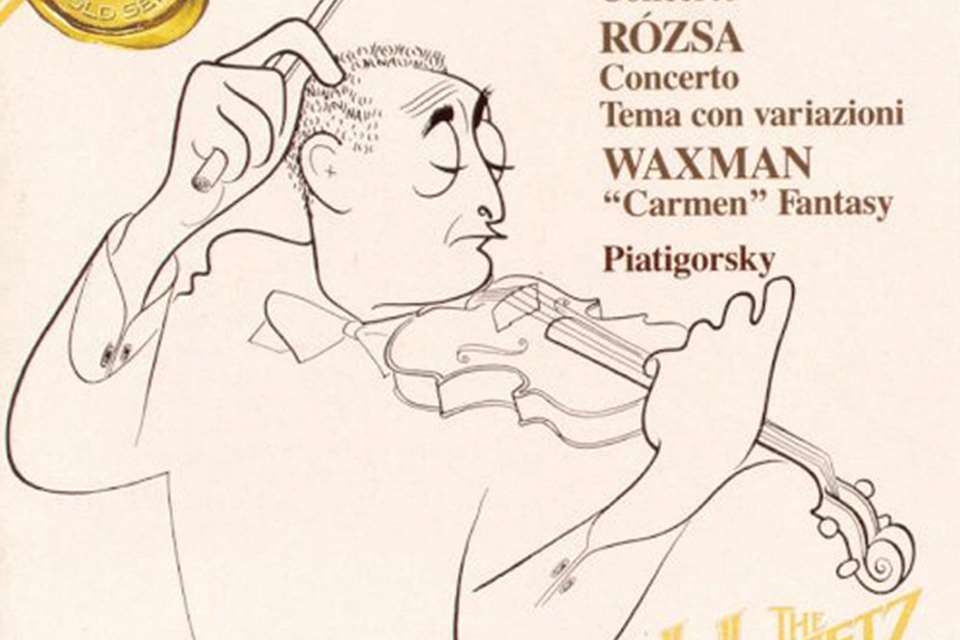Classics Reconsidered: the Takács Quartet’s late Beethoven String Quartets
Monday, December 11, 2023
Peter Quantrill and Richard Bratby discuess the status of the Takács Quartet’s late Beethoven, recorded 2003-04

Register now to continue reading
Thanks for exploring the Gramophone website. Sign up for a free account today to enjoy the following benefits:
- Free access to 3 subscriber-only articles per month
- Unlimited access to our news, podcasts and awards pages
- Free weekly email newsletter














